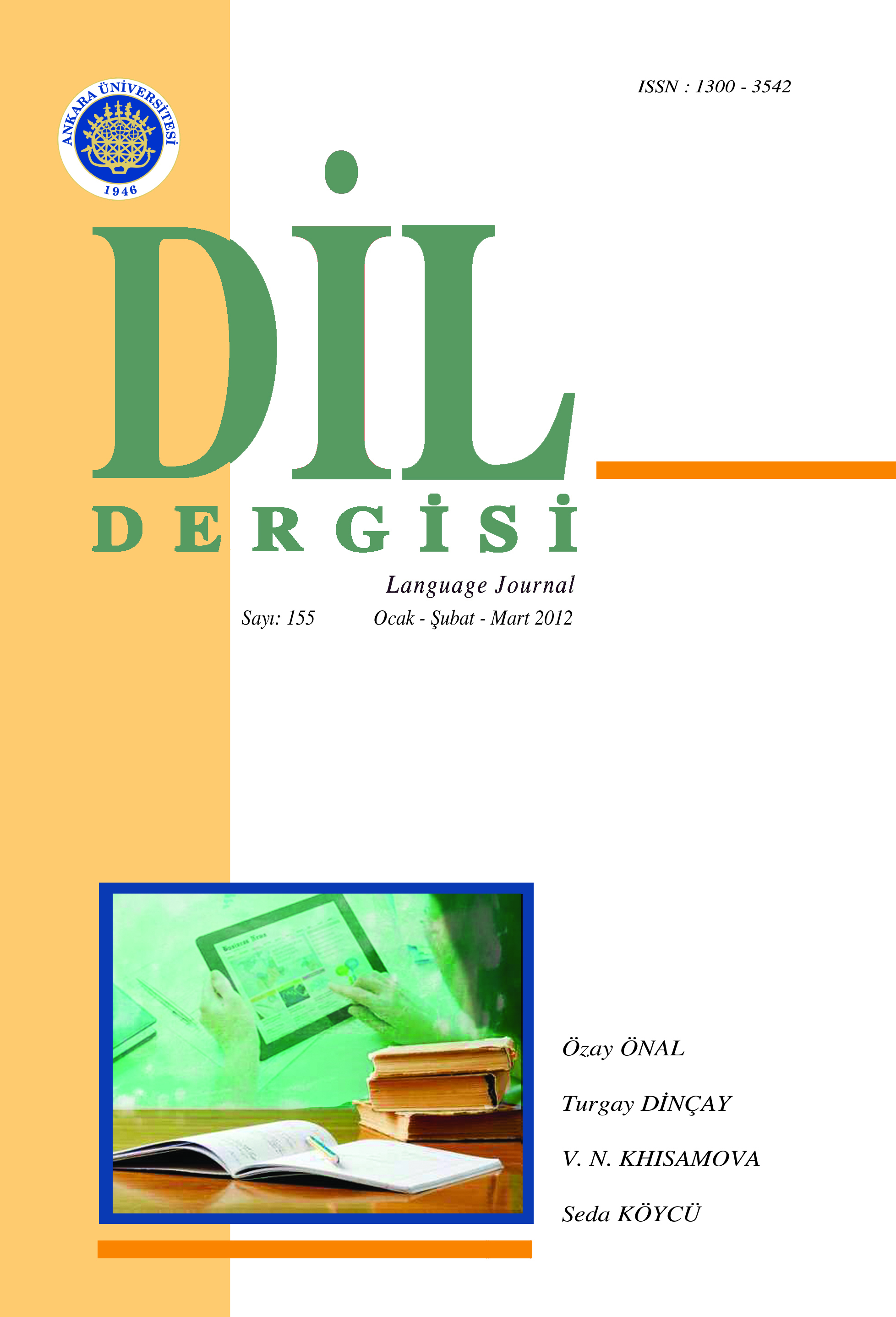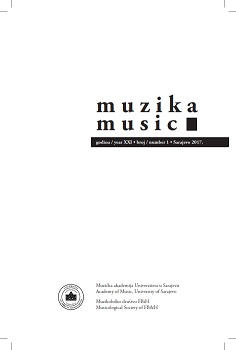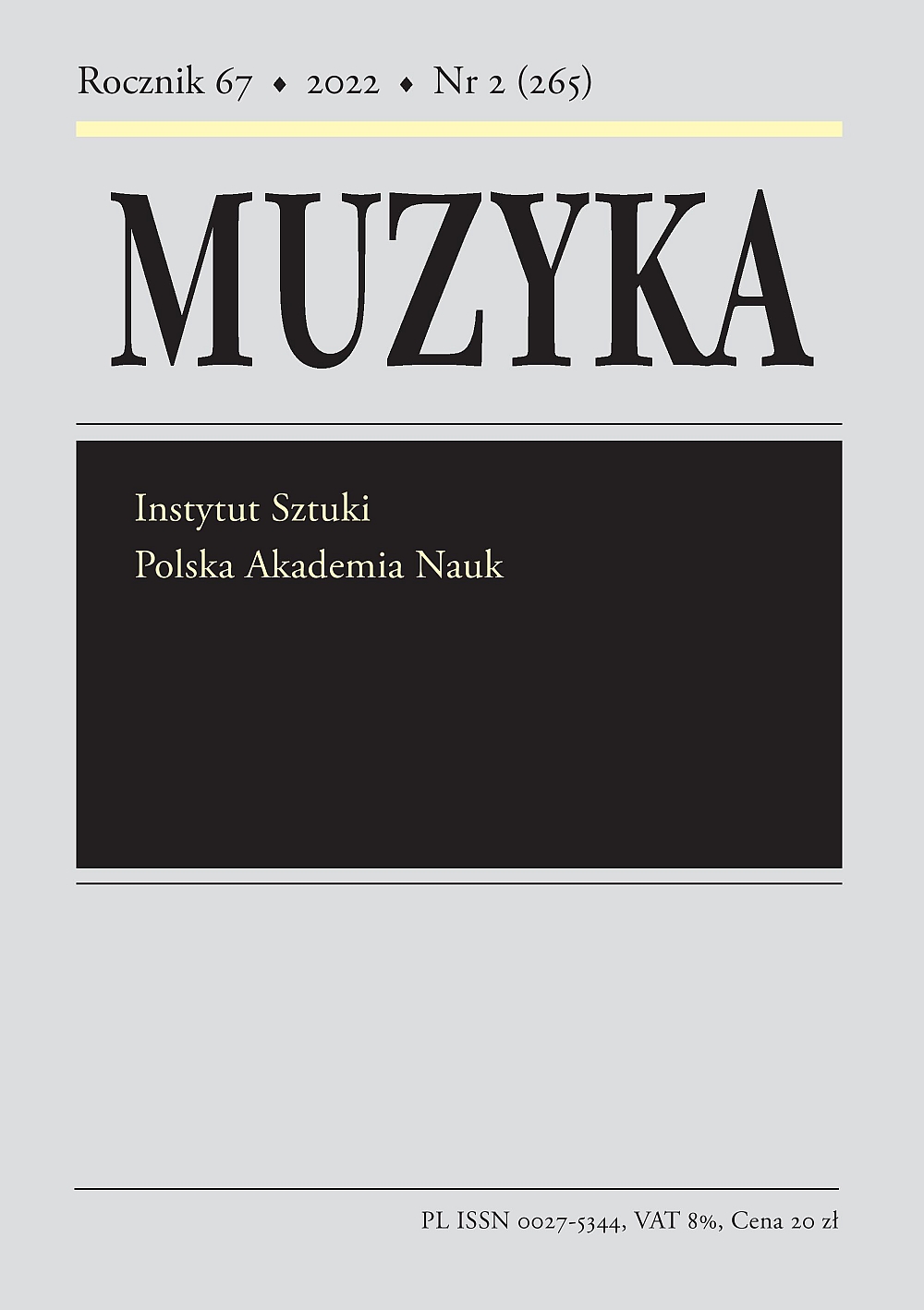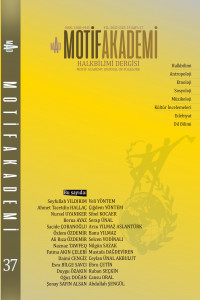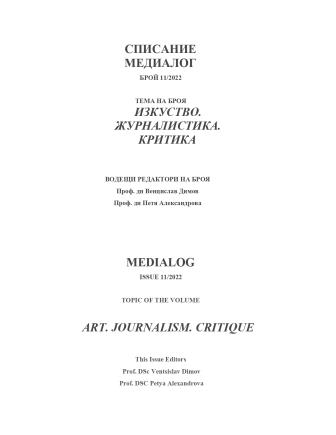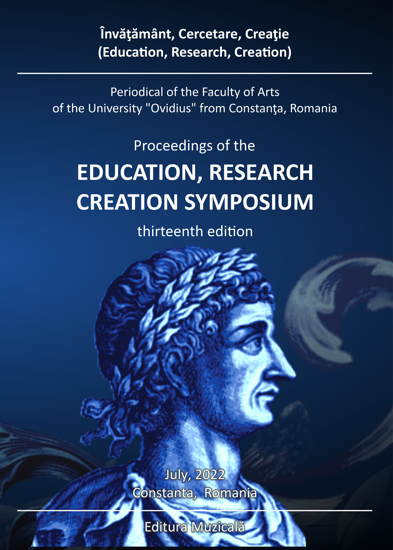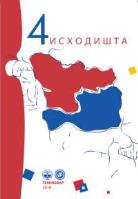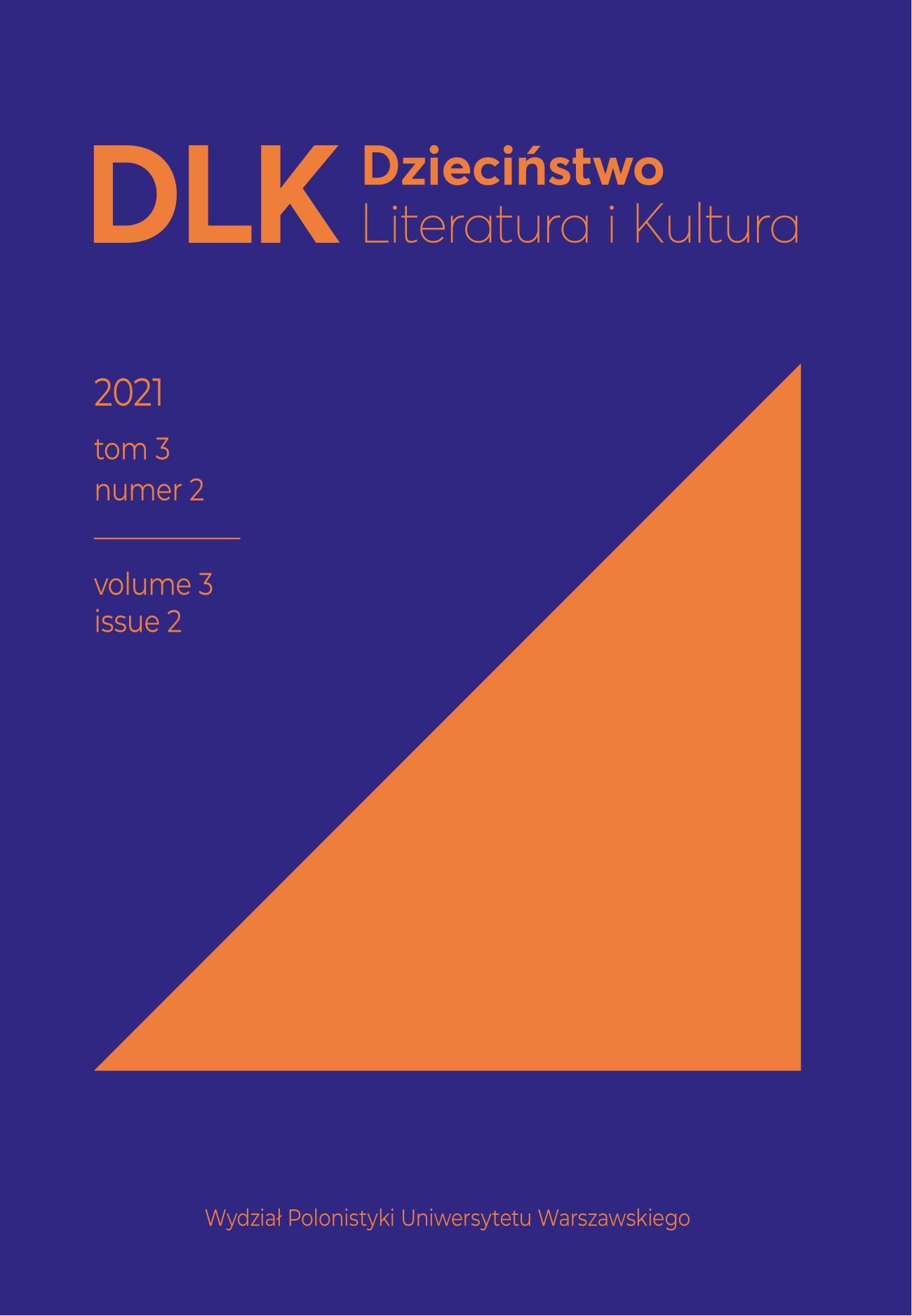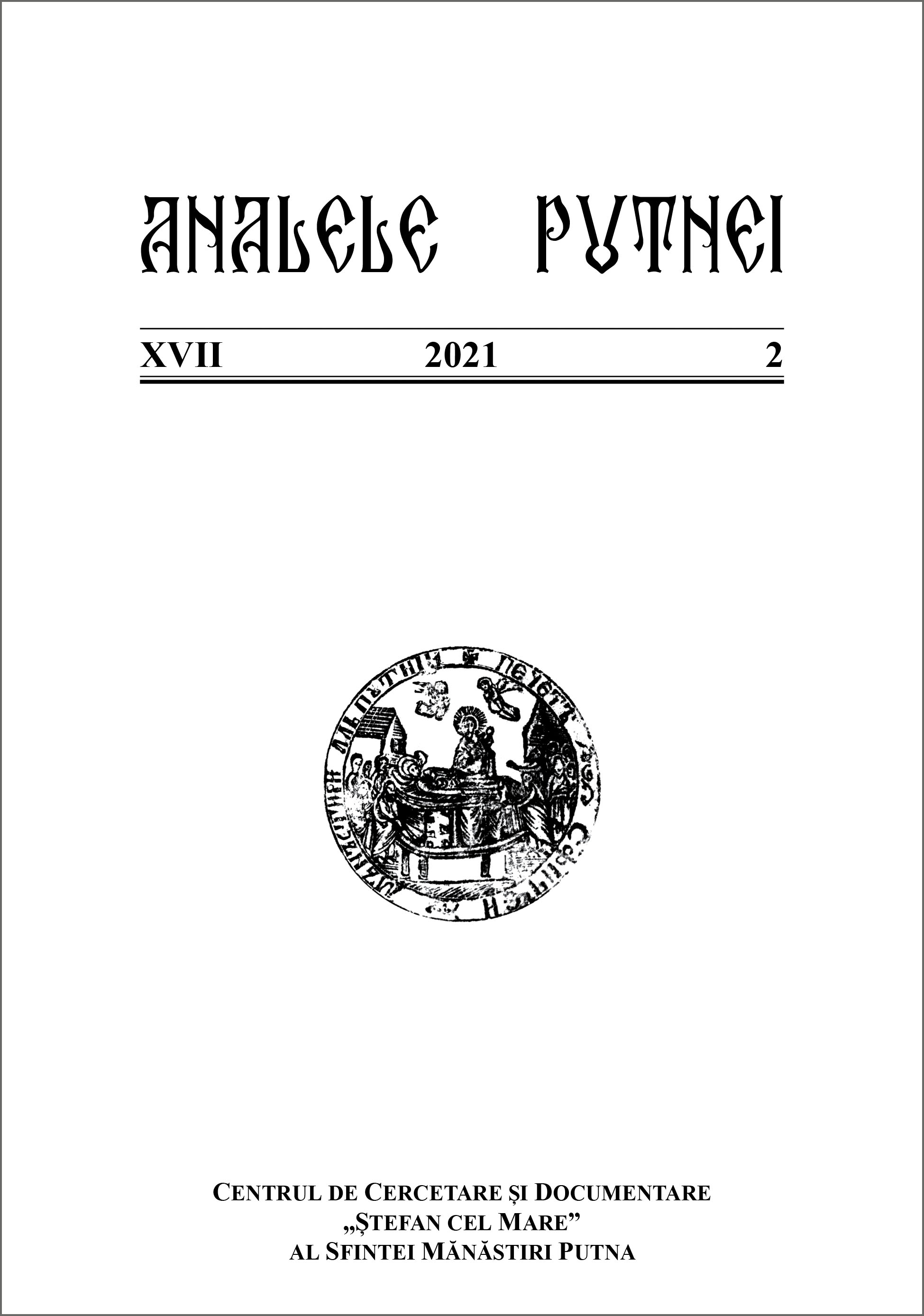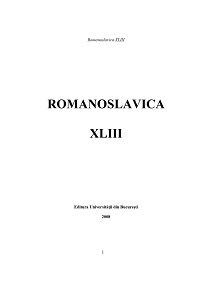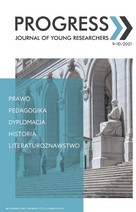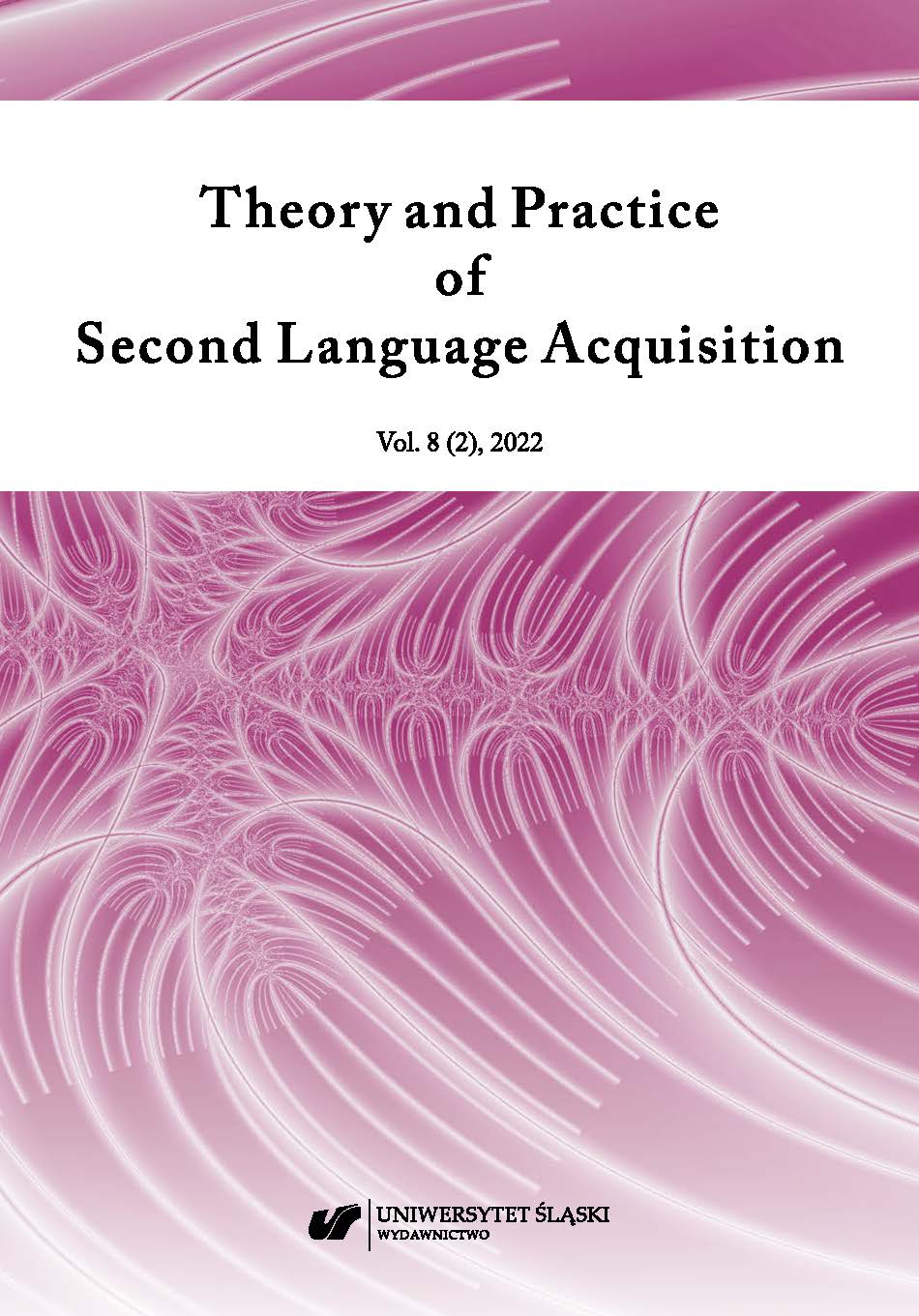Author(s): Iryna Hrynchuk,Dmytro Hubyak,Natalia Ovod / Language(s): Ukrainian
Issue: 1/2022
The purpose of the article. The research is connected with the elucidation of the ways of representation of the traditions of Lviv vocal school, in particular the line S. Krushelnytska – O. Bandrivska, on the example of their followers, vocalists, and teachers of Ternopil. The research methodology is based on historical-stylistic and comparative approaches, methods of historical-cultural discourse, and fundamental historical-musicological positions on the issue of vocal and choral performance. Scientific novelty. Attention is focused on the figures of the so-called "Ukrainian branch" of the Lviv vocal school as an integral part of the Ukrainian vocal school in its connection with European vocal culture. We can interpret it as a performing and pedagogical school, which was formed on the basis of a certain system of education, upbringing, and education of singers in the Galician region. Its formation was closely connected with the development of the Ukrainian school of composition, the national opera genre, with the development of the national system of professional music education. The line V. Vysotsky – S. Krushelnytska was traced, which continued in A. Krushelnytska, O. Bilyavska, O. Bandrivska, K. Chernet; line F. Krespi – S. Krushelnytska, O. Bandrivska and their pupils. It is noted that by the beginning of the second half of the XX century. The main method of teaching in the Lviv vocal school was a common empirical-intuitive method (mastering the voice as a "tool" of the singer). Thanks to the work of S. Krushelnytska, O. Bandrivska (her author's concept of chamber singing) vocal technique has acquired signs of systemic and scientific. The novelty of the article is the representation of the traditions of Lviv vocal technique on the example of the line O. Bandrivska – T. Didyk, continued by D. Hubyak (co-author of the article), the line O. Bandrivska – B. Ivanonkiv, continued by a number of famous vocalists and teachers of Ternopil, in particular, and N. Ovod (co-author of the article). Conclusions. It is summed up that the representatives of the "Ukrainian branch" of the Lviv school, founded both in Galicia and in Kyiv, in the Ukrainian diaspora, brought up generations of performers and teachers who worthily represent the traditions of the Lviv school in concert and pedagogical practice.
More...
